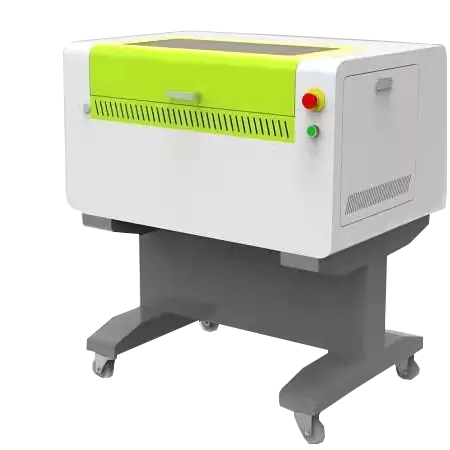Calibrating a CO2 laser engraving machine to meet specific industry standards for engraving precision involves a systematic process that ensures accuracy and consistency in the engraved output.
Here are the general steps involved in calibrating a laser engraving machine:
- Understanding Industry Standards:
- Familiarize yourself with the industry standards and specifications relevant to engraving precision. Different industries may have specific requirements for tolerances, resolution, and other parameters.
- Machine Inspection:
- Conduct a thorough inspection of the laser engraving machine. Check for any signs of wear, damage, or misalignment that could affect precision.
- Cleanliness Check:
- Ensure that all optical components, including mirrors and lenses, are clean and free from debris. Contaminants on these surfaces can impact engraving quality.
- Focus Adjustment:
- Calibrate the focus of the laser beam to the optimal distance from the material surface. The correct focal point is crucial for achieving precise engraving results.
- Beam Alignment:
- Align the laser beam to ensure it follows the correct path throughout the optical system. Misalignment can lead to distortions and inaccuracies in the engraved patterns.
- Mirror Alignment:
- Check and adjust the alignment of mirrors in the optical system. co2 laser engraving machine Proper mirror alignment is critical for maintaining the accuracy of the laser beam.
- Calibration of Z-Axis:
- Calibrate the Z-axis to accommodate different material thicknesses. This ensures that the laser maintains a consistent distance from the material surface during engraving.
- Speed and Power Settings:
- Adjust the engraving speed and power settings based on the material being engraved. Different materials may require specific parameter adjustments for optimal results.
- Raster and Vector Calibration:
- Calibrate the machine for both raster and vector engraving. This involves fine-tuning settings for line engraving (vector) and surface engraving (raster) to meet precision requirements.
- Resolution Settings:
- Set the engraving resolution to meet industry standards. Higher resolutions result in finer details, but the settings should align with the specific requirements of the application.
- Test Engravings:
- Perform test engravings on sample materials to assess the precision and quality of the output. Make adjustments as needed based on the results.
- Software Calibration:
- Ensure that the engraving software is calibrated to accurately interpret design files and generate the desired patterns with precision. Verify that the software settings align with industry standards.
- Material Compatibility:
- Consider the compatibility of the laser settings with different materials. Calibration should address variations in materials to achieve consistent results across a range of substrates.
- Quality Control Checks:
- Implement quality control checks at various stages of the engraving process. This may include inspecting engraved samples for sharpness, clarity, and accuracy.
- Documentation and Record Keeping:
- Maintain detailed records of calibration settings, adjustments, and test results. Documentation is essential for tracking machine performance over time and ensuring compliance with industry standards.
- Regular Maintenance:
- Establish a regular maintenance schedule to keep the machine in optimal condition. Regular checks and adjustments contribute to long-term engraving precision.
- Periodic Recalibration:
- Periodically recalibrate the machine to account for any changes in performance or components. Regular recalibration helps maintain consistent engraving precision.
- Training for Operators:
- Provide training for machine operators to ensure they understand the calibration process and can perform routine checks. Well-trained operators contribute to consistent engraving results.
By following these steps and incorporating industry best practices, manufacturers can calibrate CO2 laser engraving machines to meet specific industry standards for engraving precision. Calibration is an ongoing process that requires attention to detail and a commitment to quality assurance.
